Description
Book 2:
The Game
Go is the oldest board game in the world. Games are perfect tests for A.I because they keep score. It’s easy to see when the A.I. is improving.
The Man
Korean Lee Sedol was the world’s top Go player. He expected to win all five games of the match. Could the A.I. teach him anything?
The Machine
Developed in 2014, AlphaGo was a computer artificial intelligence program designed to play Go by using deep learning to recognize patterns in the game. It had already beaten the European champion. Could it defeat Sedol?
The exciting historic meeting of minds unfolded across five difficult games. This story introduces concepts of artificial intelligence and helps kids understand the challenges and the promise of working with A.I. The history of A.I. development results in a true story full of information and actual amazing events. Another story of a person who has done amazing things.

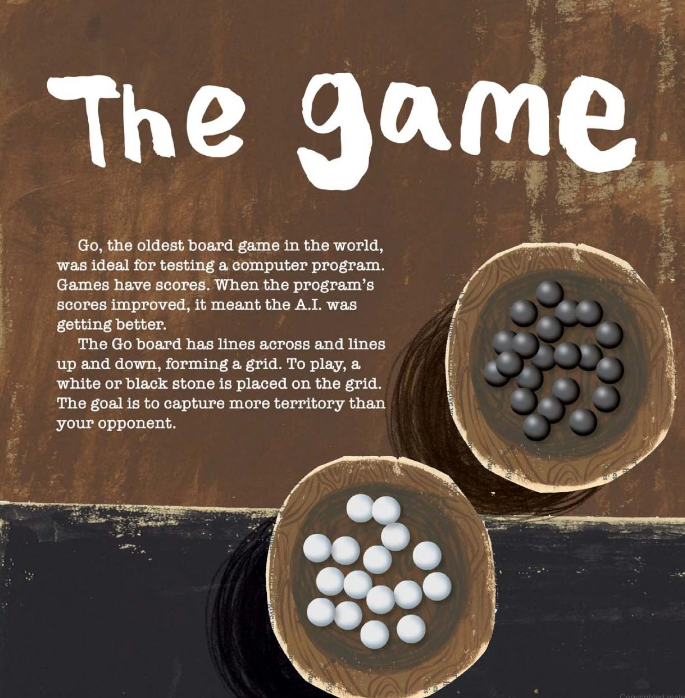
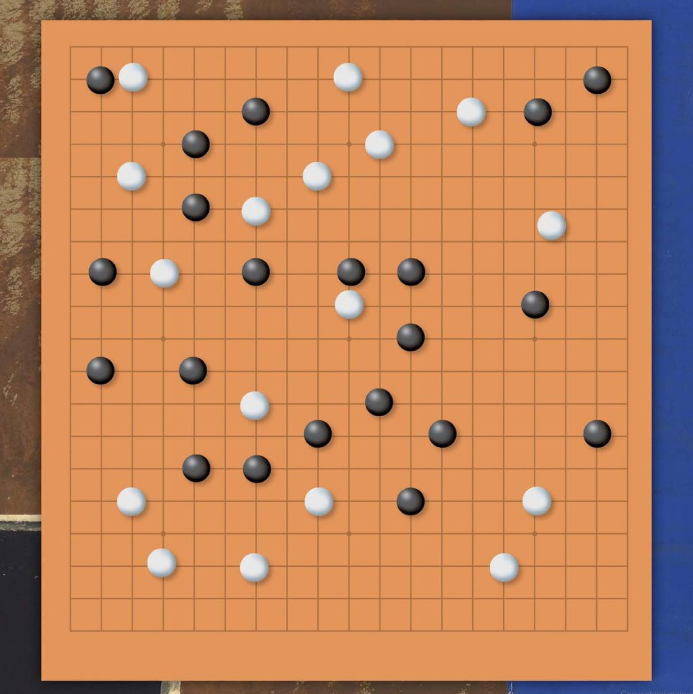

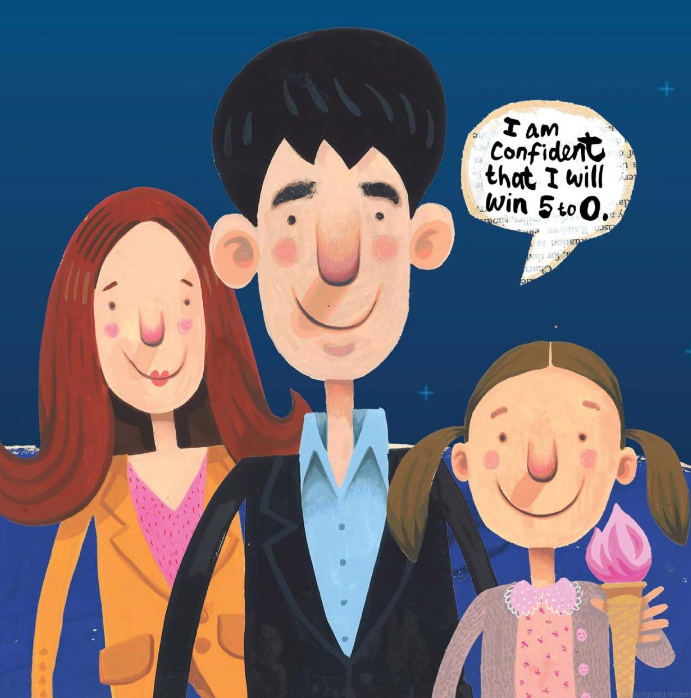

Book 3:
On January 25, 1862, naturalist Charles Darwin received a box of orchids. One flower, the Madagascar star orchid, fascinated him. It had an 11.5” nectary, the place where flowers make nectar, the sweet liquid that insects and birds eat. How, he wondered, did insects pollinate the orchid? It took 130 years to find the answer.
After experiments, he made a prediction. There must be a giant moth with a 11.5” proboscis, a straw-like tongue. Darwin died without ever seeing the moth, which was catalogued by entomologists in in 1903. But still no one had actually observed the moth pollinating the orchid.
In 1992, German entomologist, Lutz Thilo Wasserthal, Ph.D. traveled to Madagascar. By then, the moths were rare. He managed to capture two moths and released them in a cage with the orchid. He captured the first photo of the moth pollinating the flower, as Darwin had predicted 130 years before.
Backmatter includes information on the moth, the orchid, Charles Darwin, Lutz Wasserthal. Also included is Wasserthal’s original photo taken in 1992.
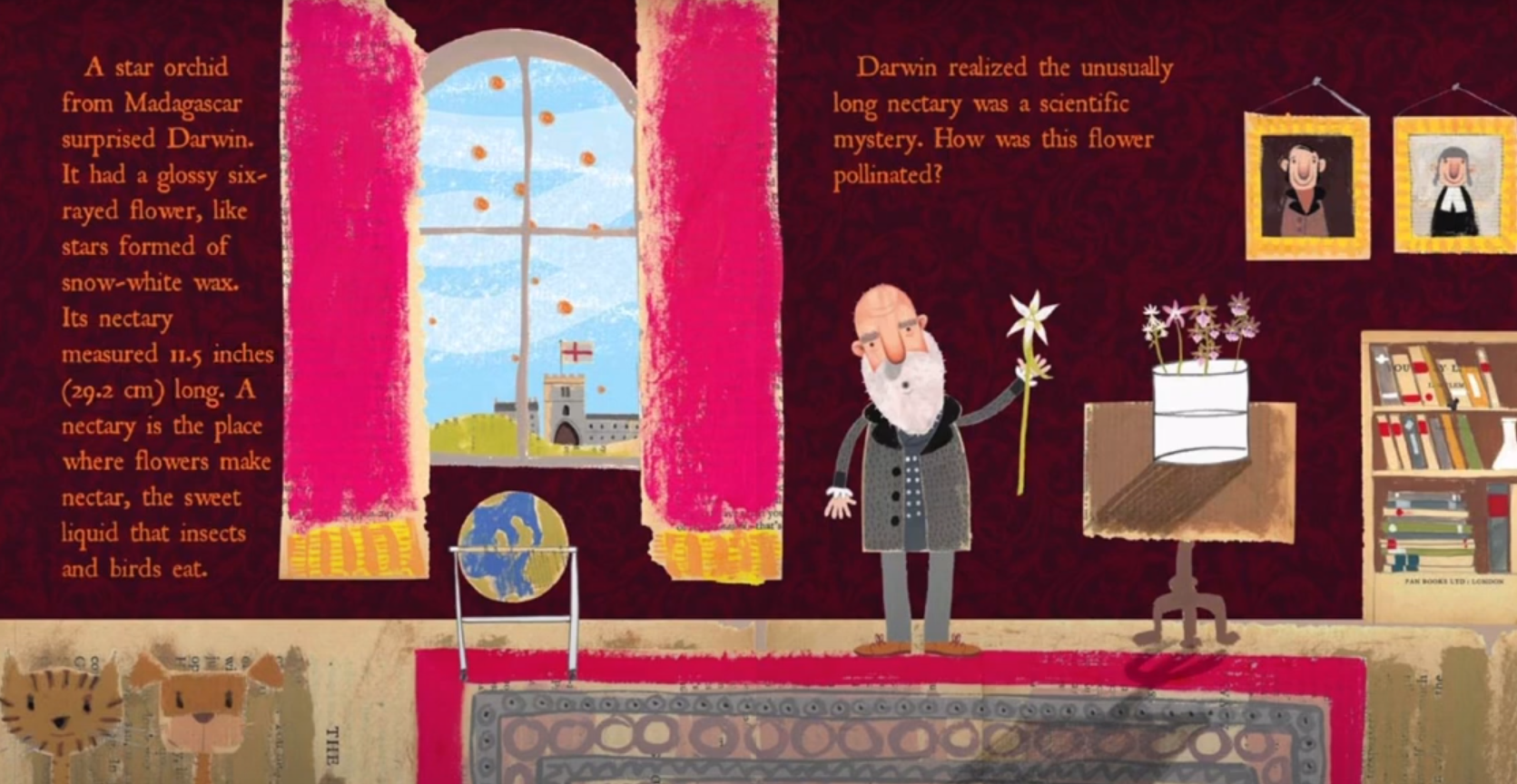

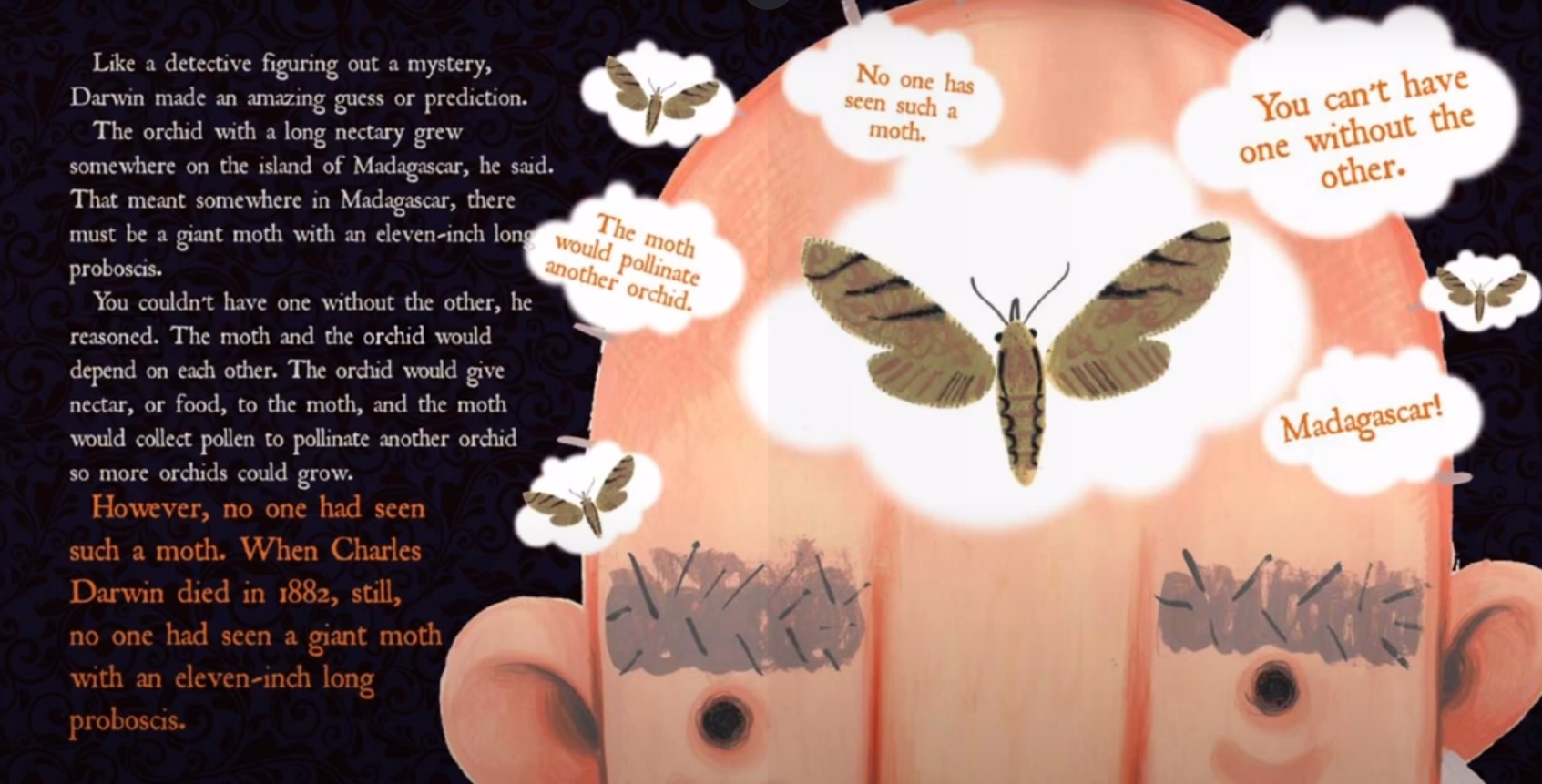
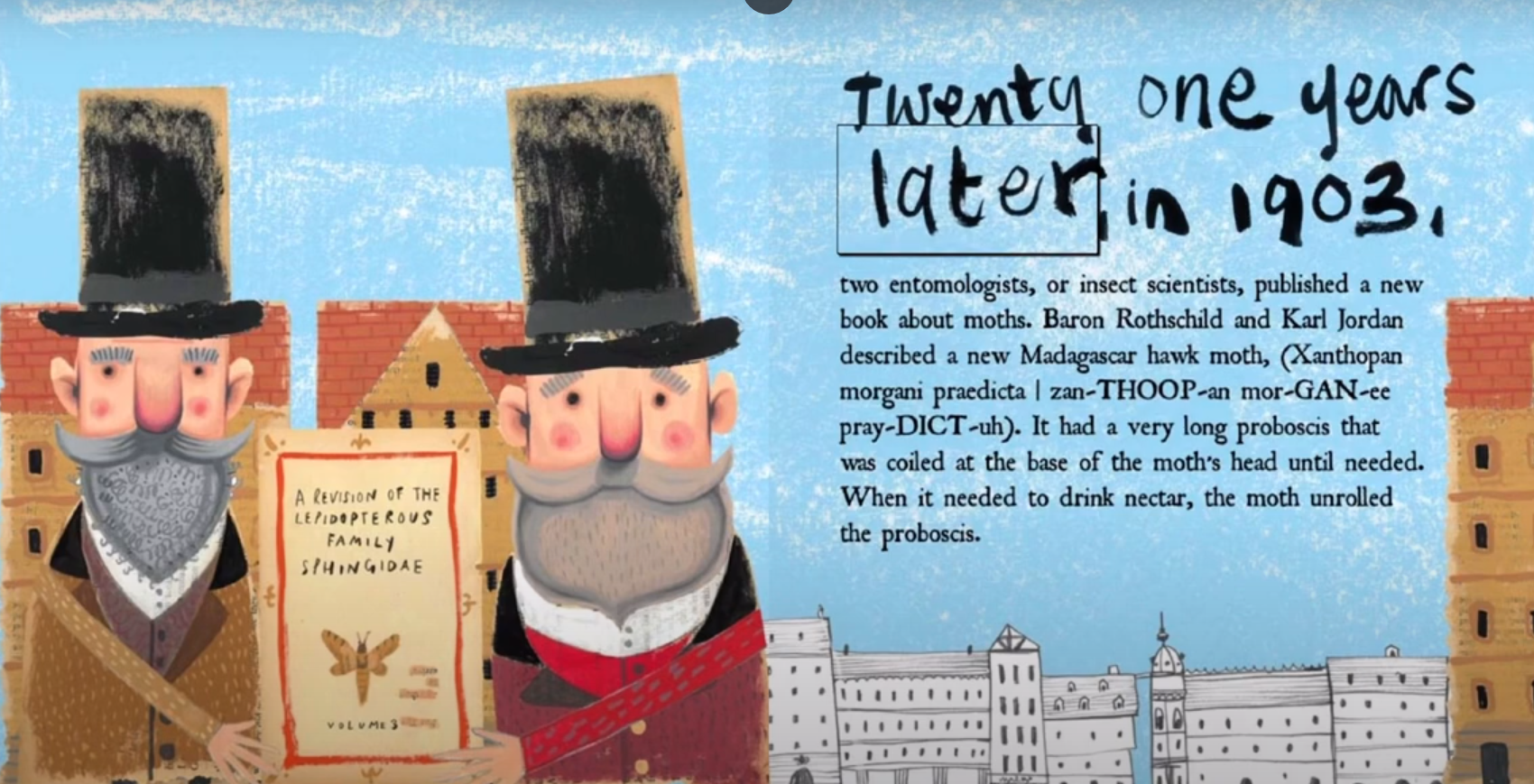
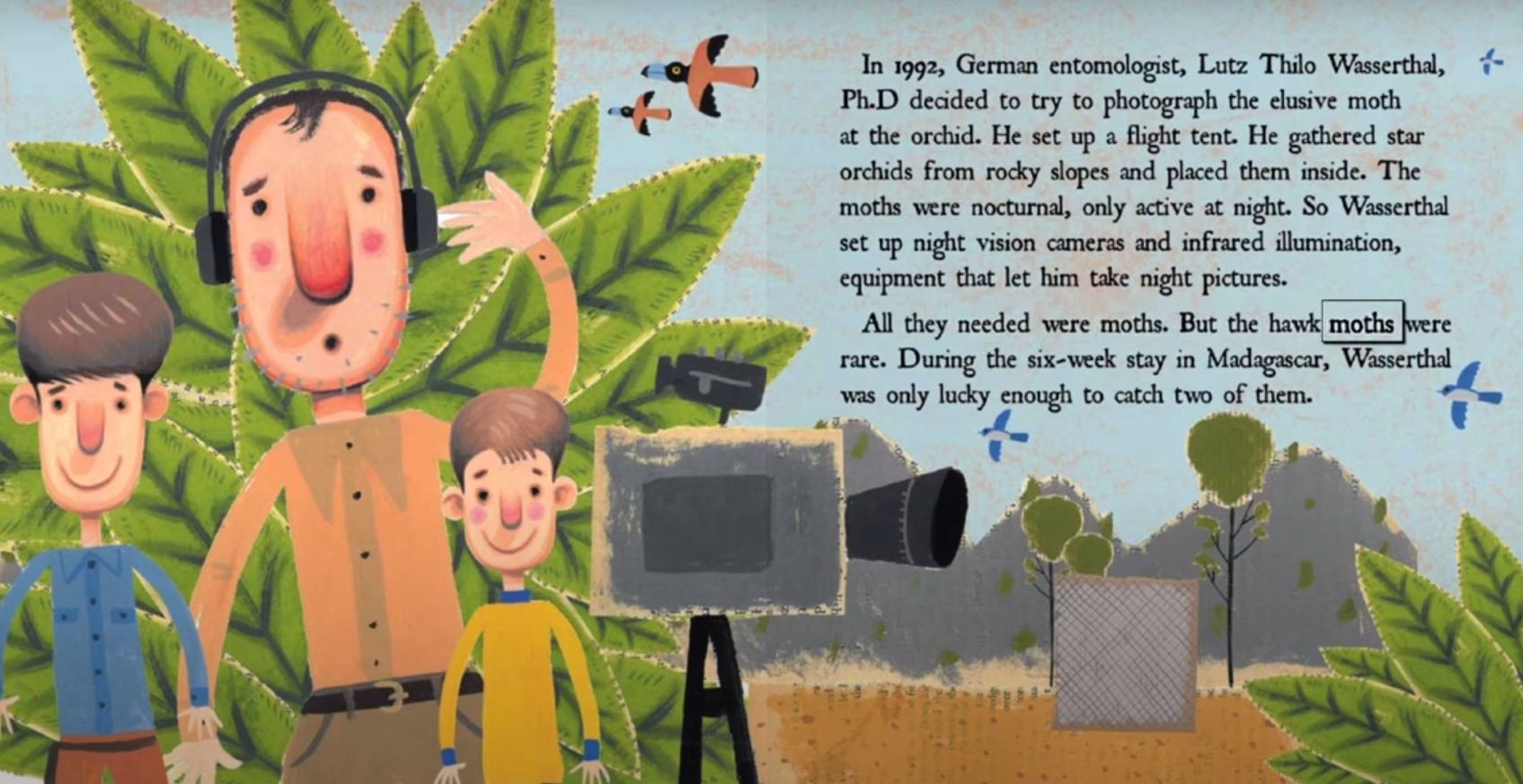

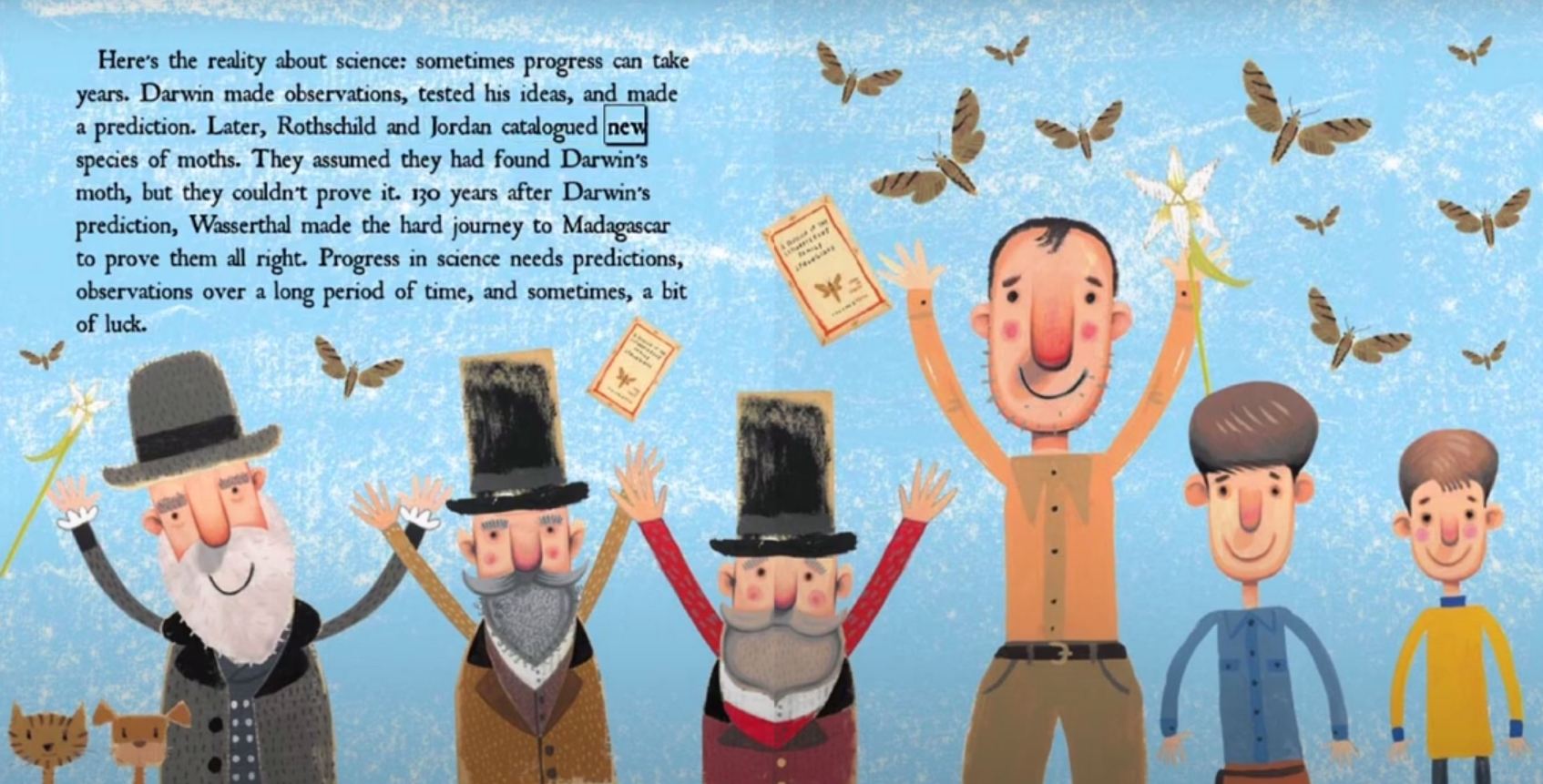
The real video of the pollination of the Star Orchid of Madagascar by the Hawk moth! 🙂
Book 4: Chladni and the study of sound / acoustic (Elementary science – sound and sound waves)
What if your science experiments were so interesting that even an Emperor wanted to know more?
In 1806, scientist Ernst Chladni (KLOD-nee) left Germany for a three-year road trip, entertaining Europeans with his science.
He made wires, columns of air, and solids vibrate. He wrote about this inhis native German language, but his French scientist friends wanted toread about it in French. How could he get the cash he needed to write his new book?
In February, 1809, Chladni’s friends took him to the Tuliere Palace. This elementary science picture book dramatizes the exciting meeting between a German scientist and French Emperor Napoleon Bonaparte.

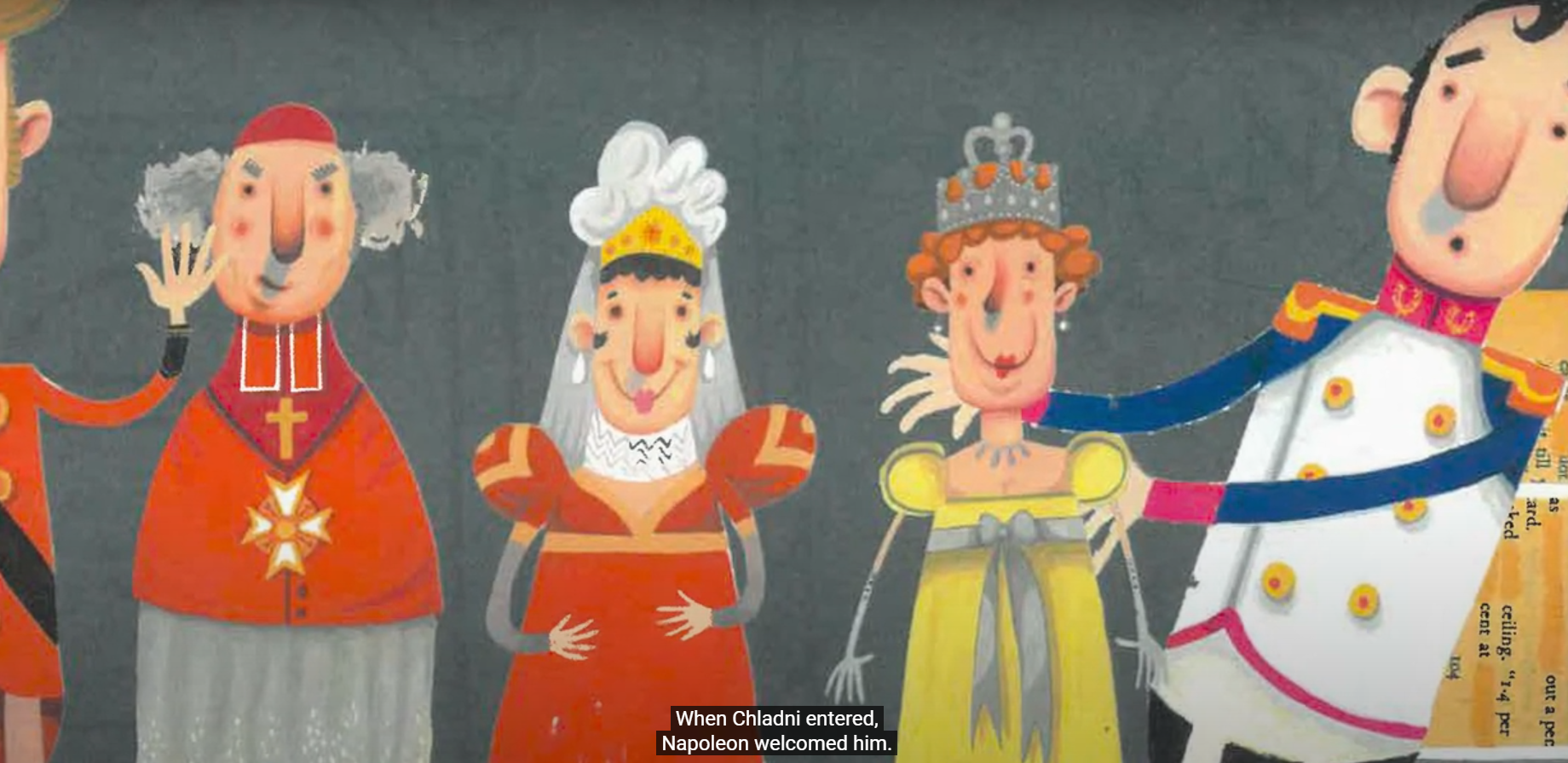

Book 5:
How do you prove an impossible idea?
With courage, perseverance, and a lot of luck!
In 1915, British astronomer Arthur Stanley Eddington was fascinated with Einstein’s new theory of general relativity. The theory talks about how forces push and pull objects in space. Einstein said that the sun’s gravity could pull and bend light. It seemed like a crazy idea. Could his theory be proven?
To test this, astronomers decided to photograph a solar eclipse. The eclipse would allow them to photograph the stars before and during the solar eclipse. If the star’s position moved, then it was evidence that that light had bent. Eddington and his team traveled from England to the island of Principe, just off the African coast, to photograph the eclipse.

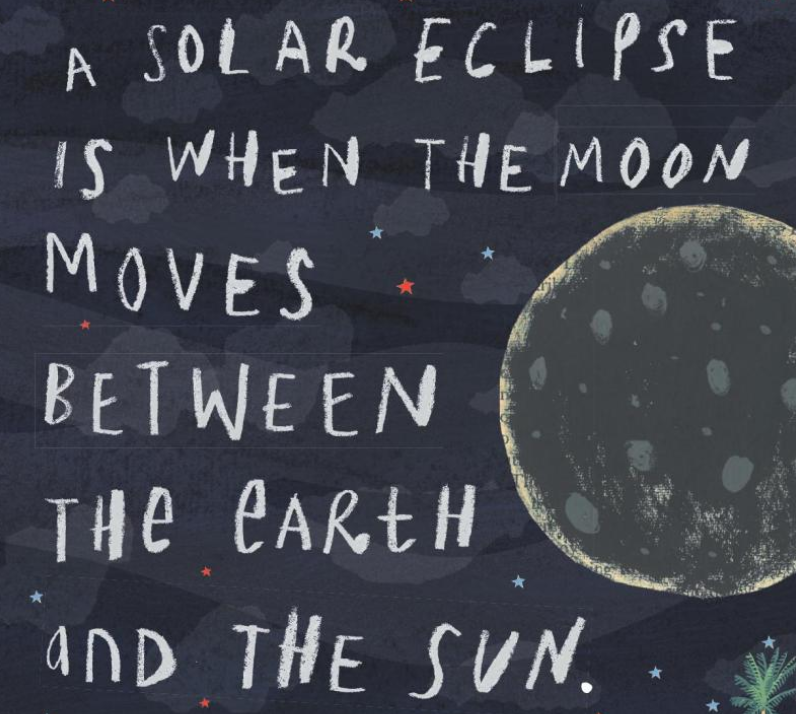

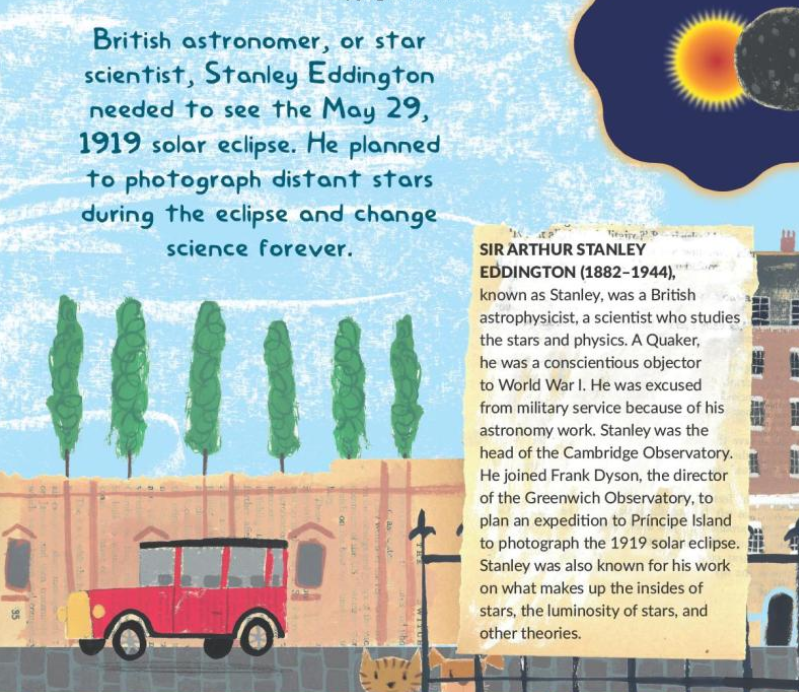
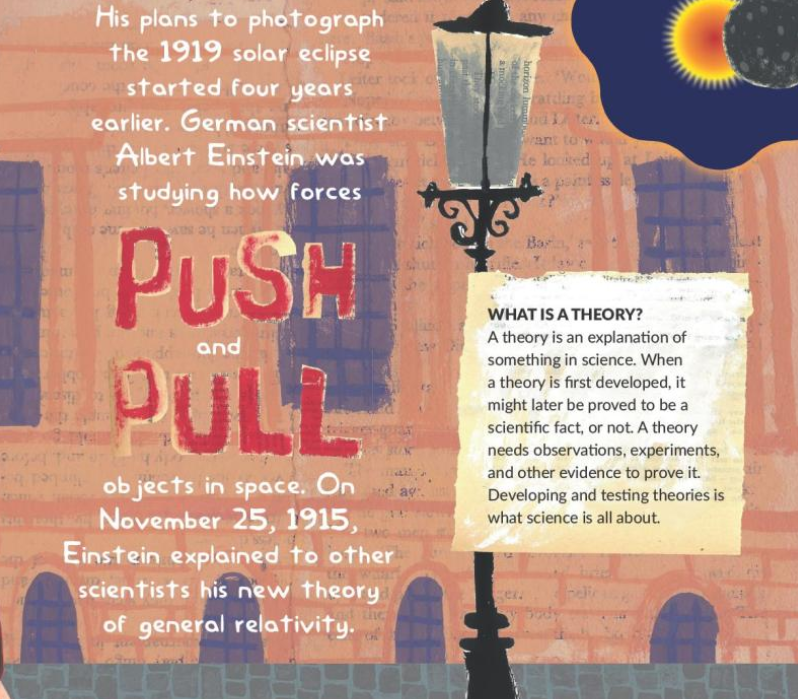

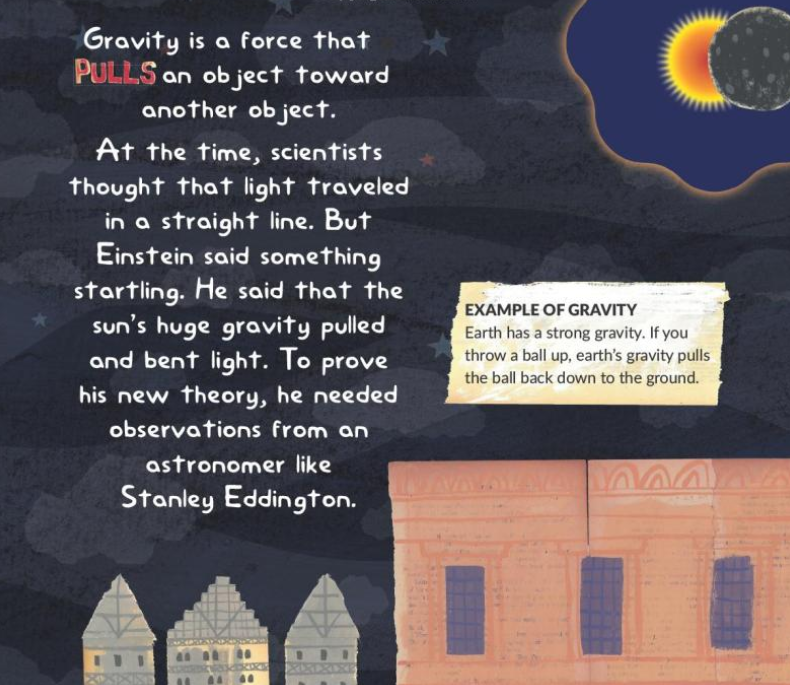




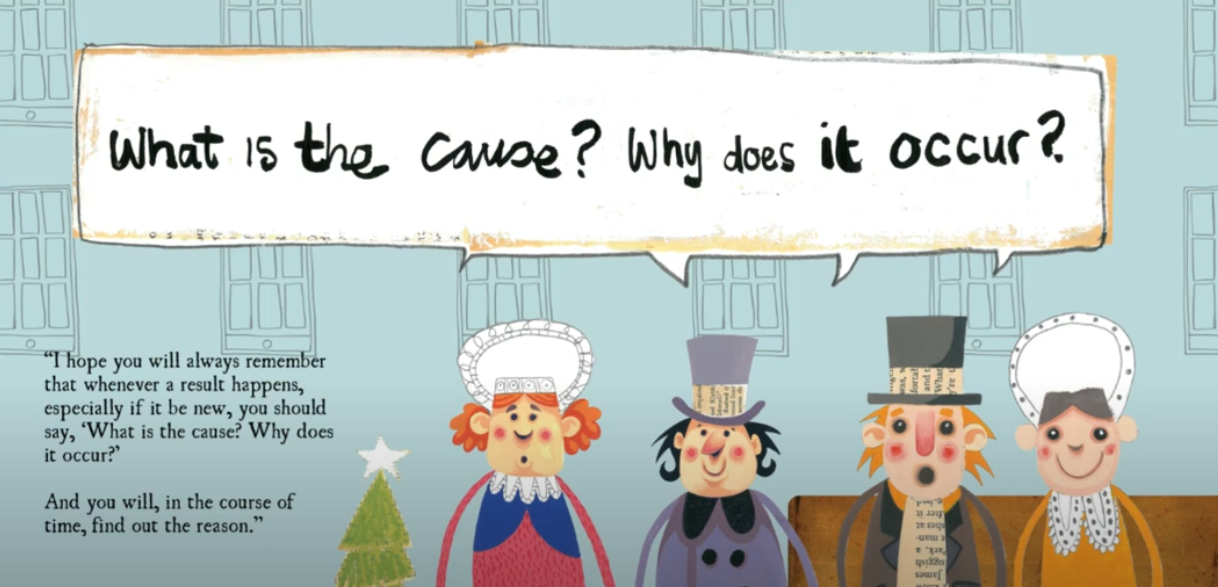
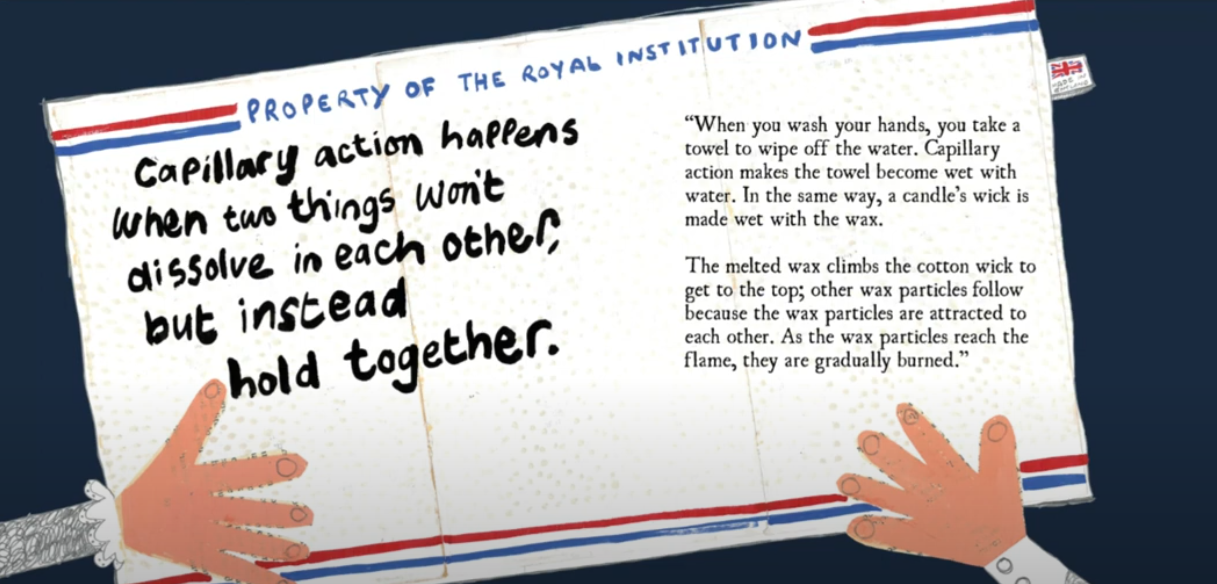

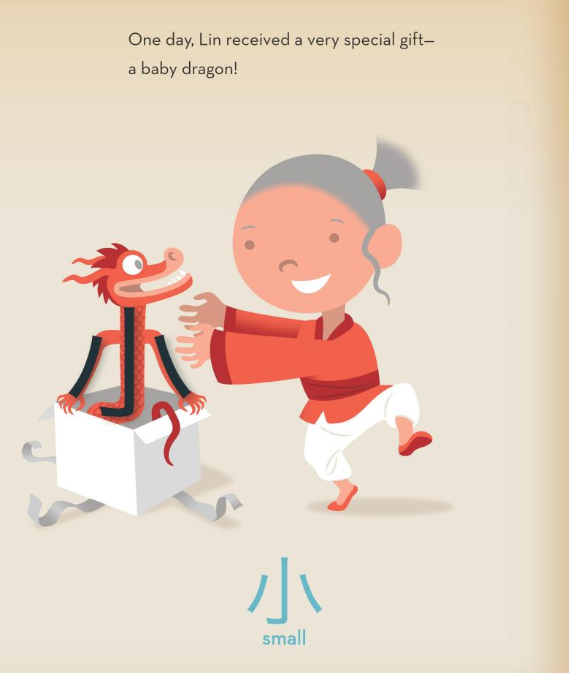
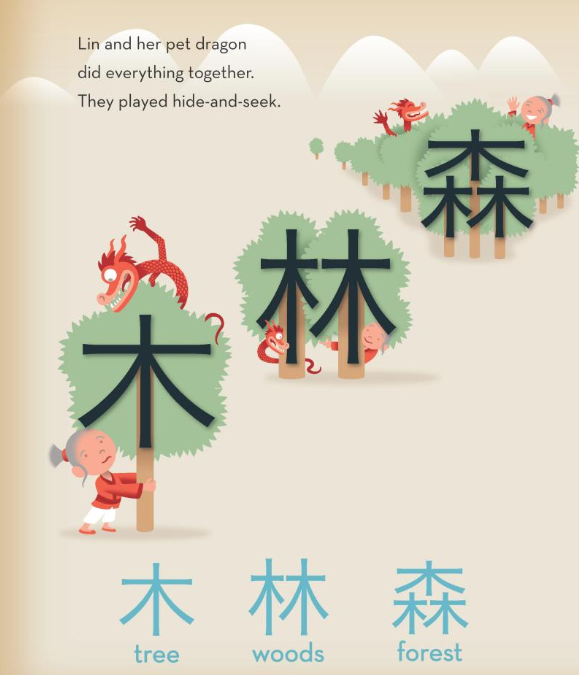

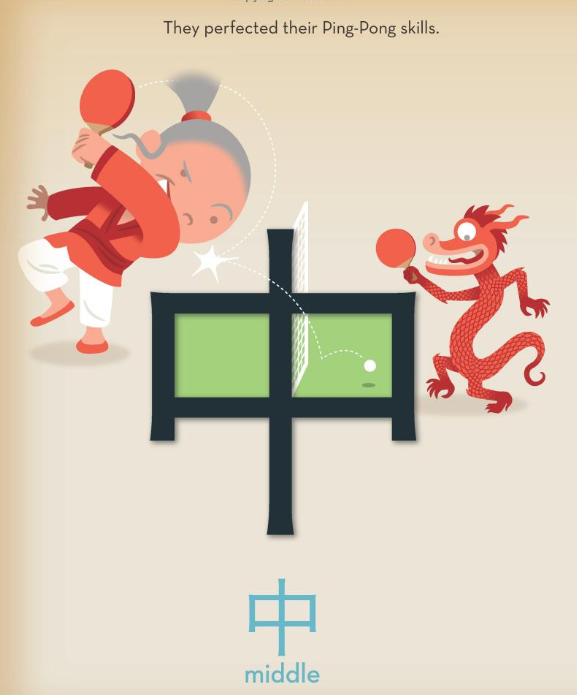
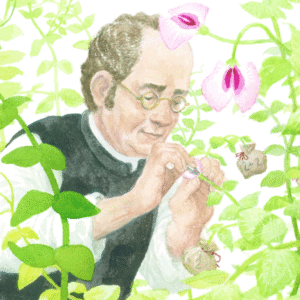
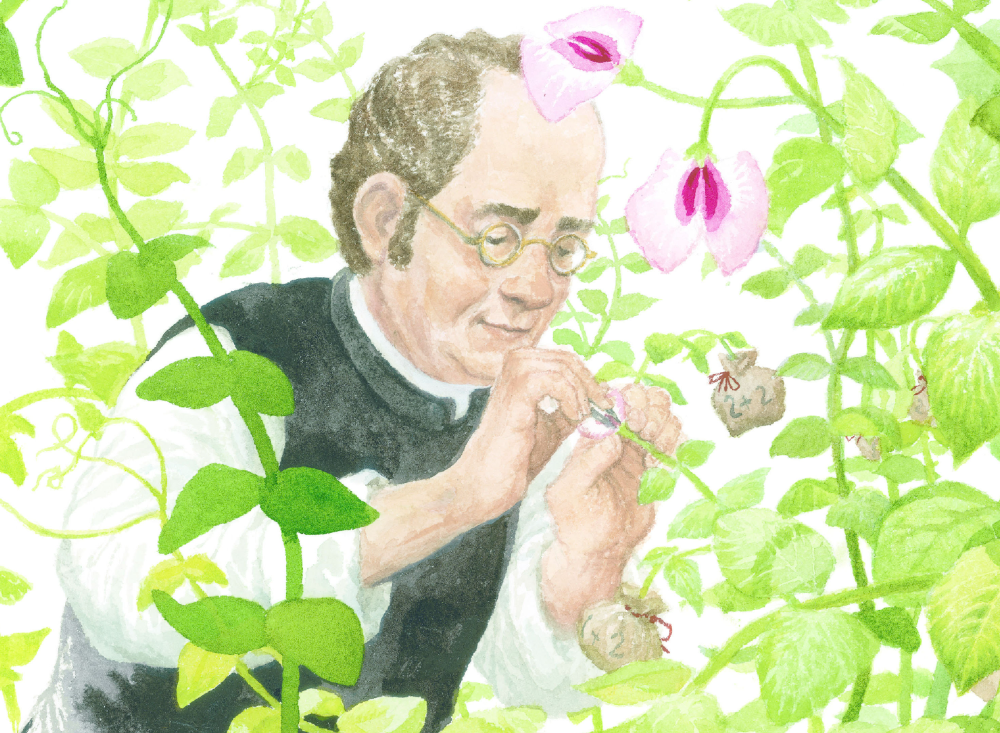
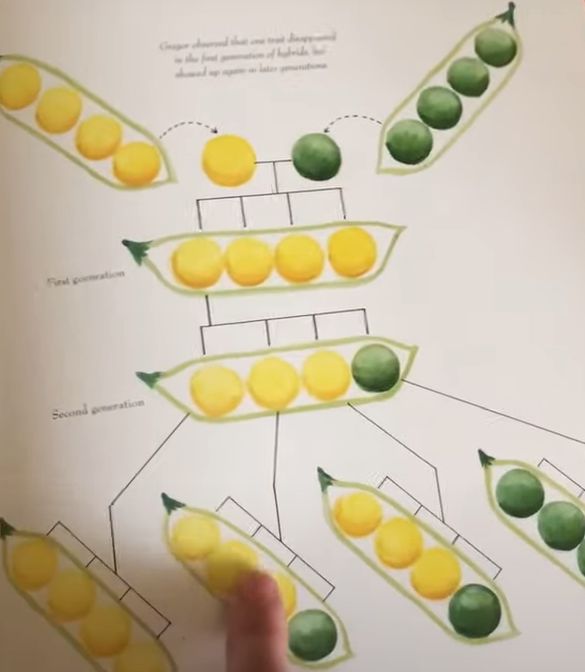

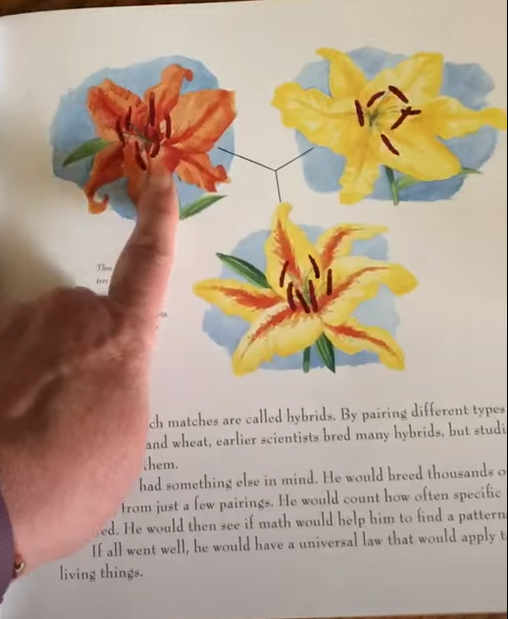
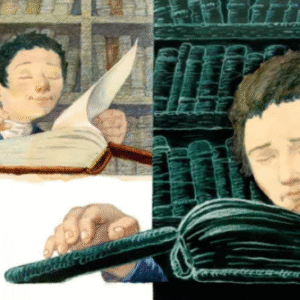
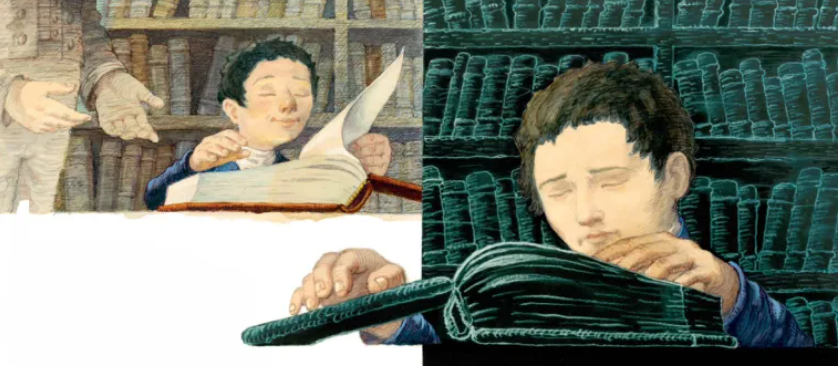
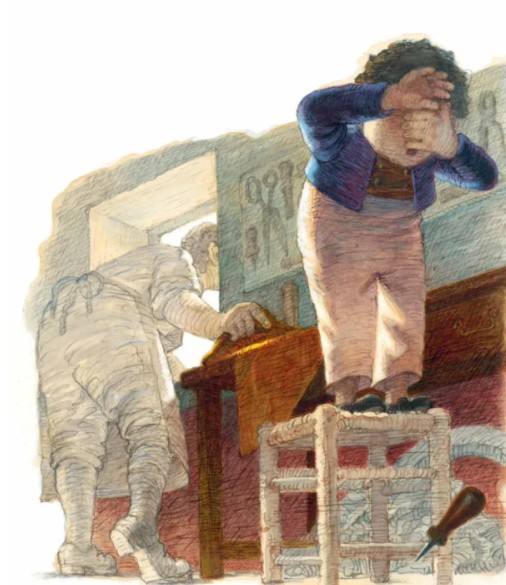
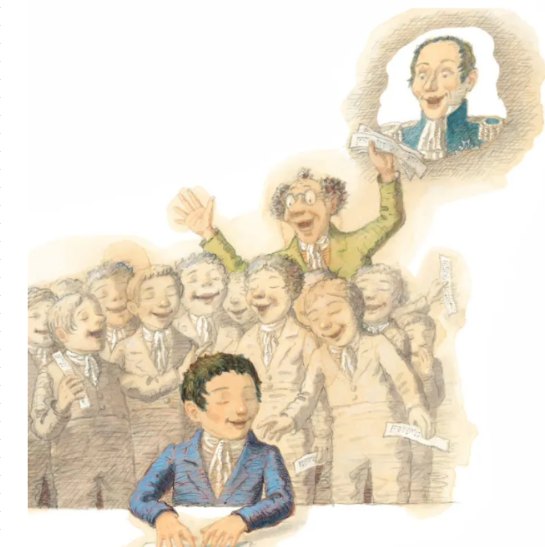
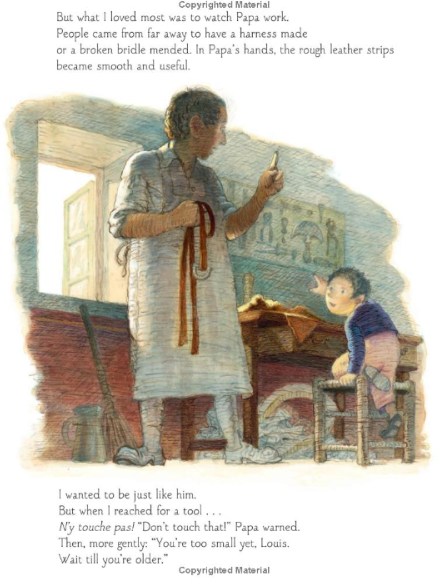
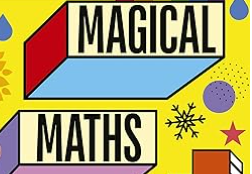
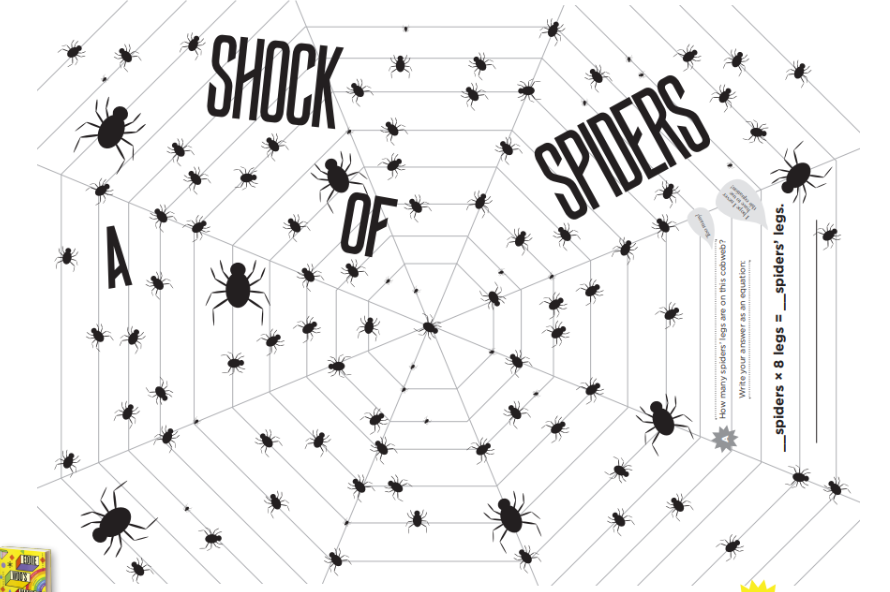
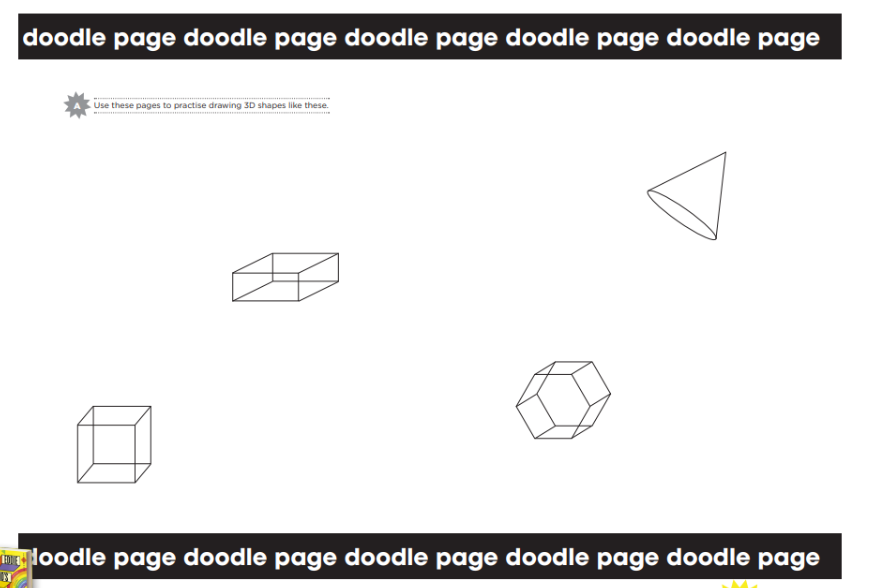
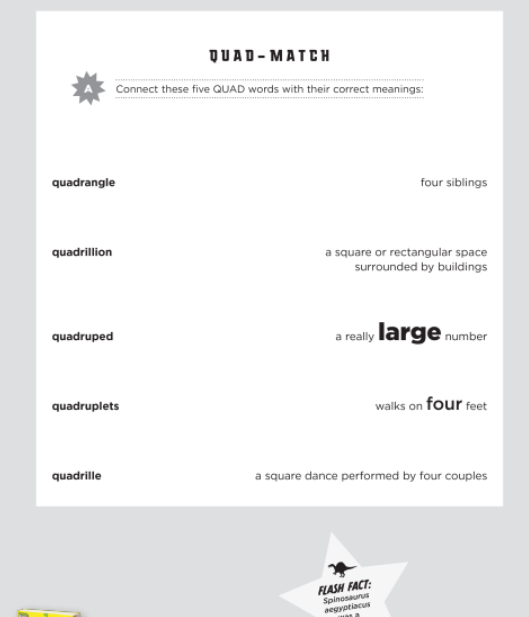
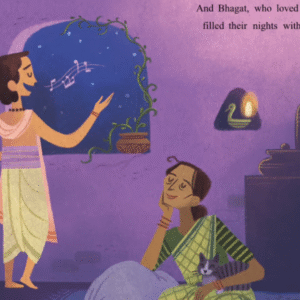
Leave a Reply